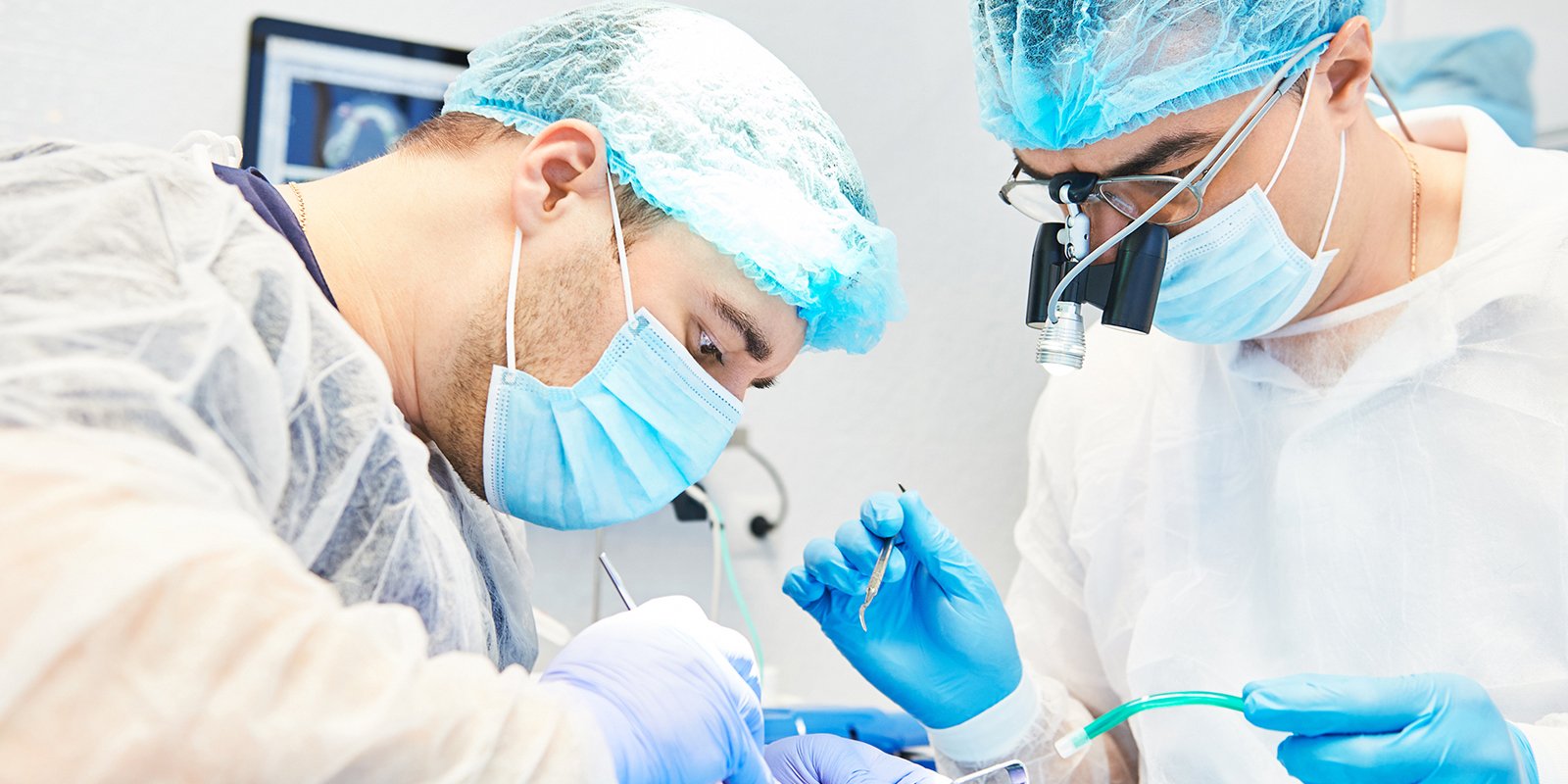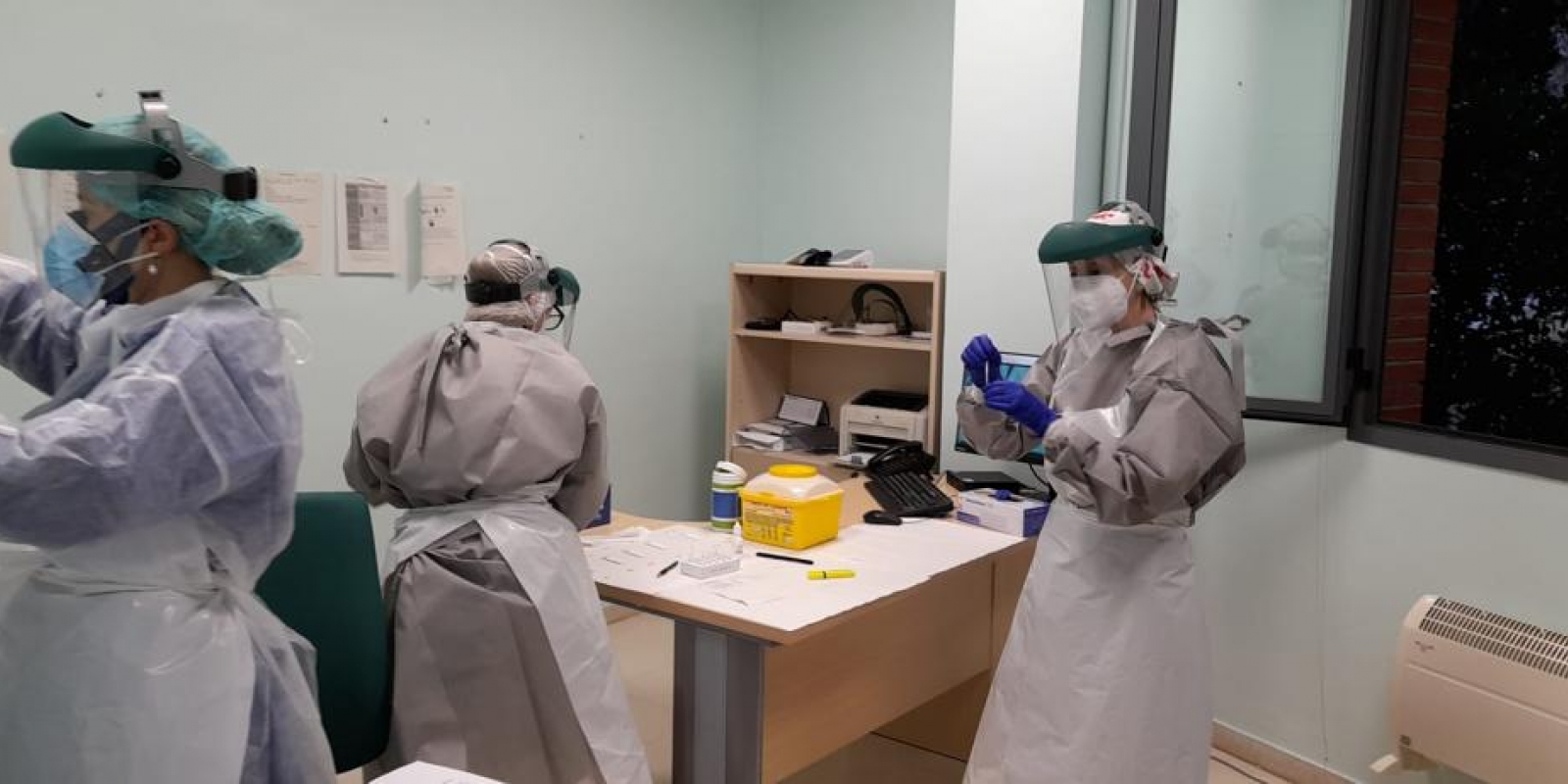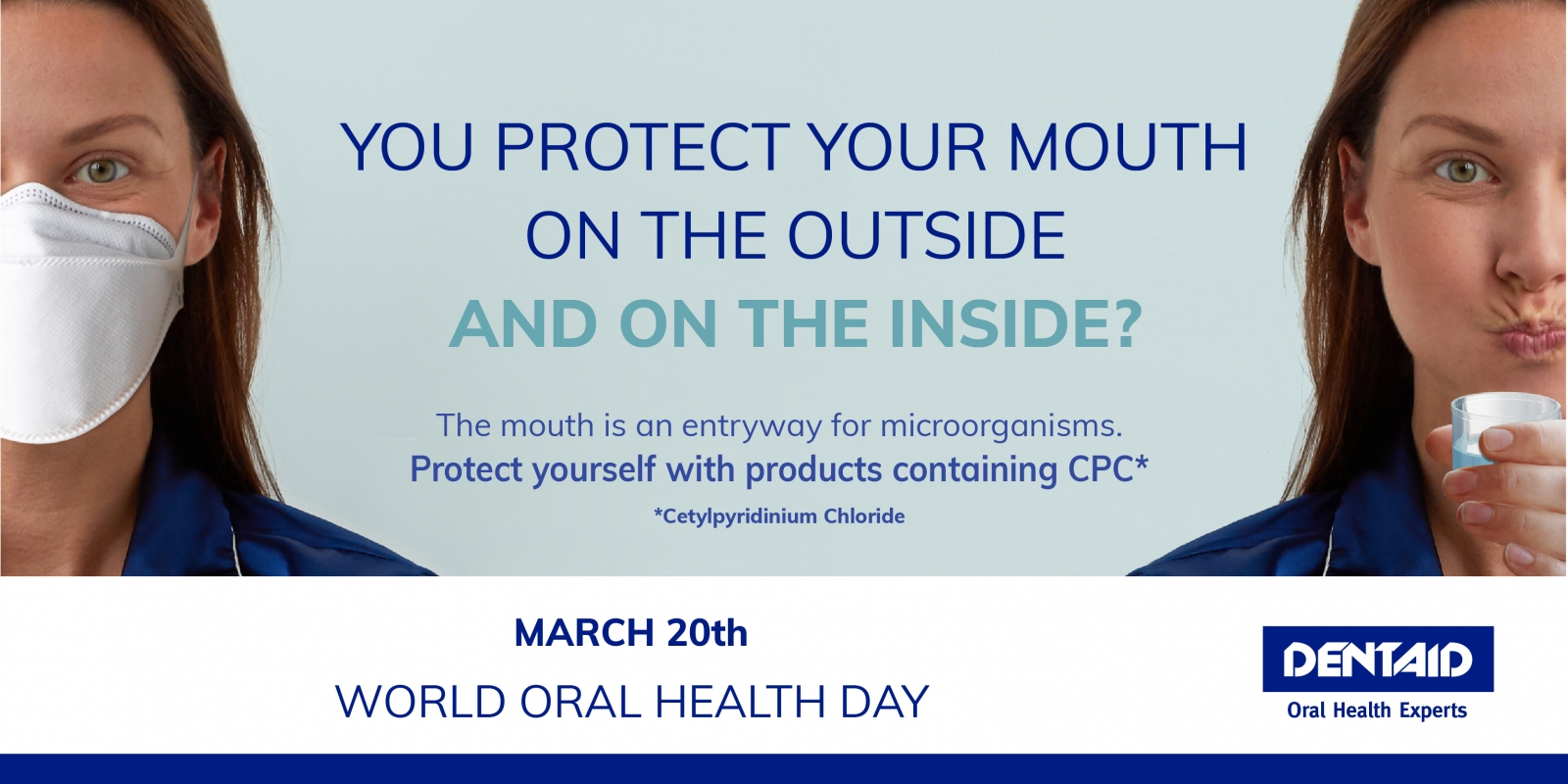DENTAID EXPERTISE
News for dentistry professionals
PERIODONTAL SURGERY: ART & SCIENCE

When non-surgical periodontal treatment is not enough to guarantee the oral health of a patient, it is necessary to resort to periodontal surgery. Here we review the different techniques that are available in this field, their applications and the factors that contribute to the success of an operation.
In the field of periodontics, the greatest challenge professionals face is controlling periodontal disease and thus preventing the patient’s loss of teeth down the line. So on one hand, we need to identify and manage systemic and local risk factors to the extent possible, and on the other, we need to carry out periodontal treatment at the clinic.
This is always initiated with non-surgical treatment consisting of removing the supra- and sub-gingival plaque and tartar by applying prophylaxis and scaling and root planing, and establishing oral hygiene measures that are compatible with the health of the gum tissue. This is harder than it sounds, and the success of long-term treatment will depend on the patient acquiring these new oral hygiene habits in their daily routine.
There are a number of factors that can compromise the long-term stability of results obtained through non-surgical treatment, and one of the most important is the presence of periodontal pockets. The scientific literature shows extensively that pockets of over 5-6 millimetres pose an increased risk of disease progression.
Thus, one of the objectives of continuing periodontal treatment with surgical treatment is the elimination and/or reduction of these periodontal pockets to allow access by the professional to the root surfaces, as well as to foster periodontal tissue morphology that will allow proper cleaning by patients in their daily oral hygiene and also by the professional when carrying out maintenance at the clinic.
TYPES OF PERIODONTAL SURGERY
The types of periodontal surgery available basically include resective or access surgery, regenerative surgery and mucogingival surgery. The objectives and purposes of each type of surgery are different.
Resective or access surgery
Periodontal resective or access surgery are interventions that aim to precisely access the entire root surface and the support bone of the tooth, and to eliminate or reduce soft tissue pockets to the extent possible. These pockets may be located entirely above the alveolar bone (known as supraosseous pockets) or they may also have an infraosseous component which should generally not be very deep (up to about 3-4 millimetres).
These surgical techniques have developed over the years, and while in the second half of the last century resections were extensive, nowadays, flaps with papillary preservation and minimally invasive techniques are used to preserve periodontal support tissues as much as possible. Likewise, the use of magnification and microsurgical instruments allows procedures on very delicate tissues.
Regenerative surgery
Regenerative periodontal surgery consists of fostering increased bone and clinical attachment levels of teeth that are considerably periodontally compromised, through the use of grafts and biomaterials. As in the technique above, it also aims to reduce the depth of pockets to the extent possible, but with the least amount of gum recession.
The types of graft that may be used are autografts—those from the patients themselves, allografts—grafts from other humans, which come from tissue banks, xenografts—grafts from other animal species, or synthetic materials. Biomaterials such as porcine amelogenins or growth factors may also be used.
All of these, either alone or combined, depending on the type of bone defect, can improve levels of periodontal attachment and prognosis as well as the long-term survival of treated teeth.
As in the case of resective surgery, surgical techniques for access to infraosseous defects have evolved over recent years thanks to the use of magnification and microsurgical instruments, enabling the performance of minimally invasive techniques. Dr. Cortellini’s team recently presented one for complete elevation of the papilla through an interdental tunnel below the papilla itself.
Finally, in this type of surgery, meticulous control of plaque by the patient is very important, and the patient must have regular check-ups at the clinic. Use of tobacco is entirely contraindicated in this type of surgery.
Mucogingival surgery
Mucogingival surgery, also known as periodontal plastic surgery, aims at preventing or correcting anatomical, developmental, and trauma- or disease-induced gingival defects of the alveolar mucosa or bone. This includes gingival augmentation procedures, root coverage, crown lengthening and correction of mucosal defects around implants, among others.
One of the most solicited procedures is root coverage to treat gingival recessions with aesthetic consequences, dentinal hypersensitivity, lack of keratinised gingiva, and abrasion or cervical caries. There are several techniques, but the most commonly applied, with the most predictable outcome, are coronal displacement of the flap and bilaminar techniques with interposition of connective tissue. When keratinised gingiva height is sufficient (about 2 mm) and a good thickness (medium-thick biotype), we can opt for a coronally advanced flap.
On the other hand, if there is a lack of keratinised gingiva, we should opt for the use of connective tissue between the vascular bed and the flap to obtain maximum vascularisation. The connective tissue is generally harvested from the palate and can be extracted by means of window or envelope techniques, with which the epithelialised part is conserved, or by means of de-epithelialisation outside the mouth. Dr. Zucchelli’s team advocates this technique as it allows for a more superficial connective tissue, and is therefore of higher quality. Similarly, this team has observed that over time there is greater gingival tissue volume gain with this technique.
CONCLUSION
In any type of surgery, the final results of the procedure and the variables associated with the quality of life of the patient during the postoperative period are directly related to the surgeon’s experience and mastery of the technique chosen. As in many other disciplines, periodontal surgery is a blend of know-how and art to offer a satisfactory final result.
About the Author
Periodontist and Medical Advisor at DENTAID
Bibliography
- Graziani F, Karapetsa D, Mardas N, Leow N, Donos N. Surgical treatment of the residual periodontal pocket. Periodontol 2000 2018; 76 (1): 150-163.
- Cortellini P, Tonetti MS. Clinical concepts for regenerative therapy in intrabony defects. Periodontol 2000 2015; 68 (1): 282-307.
- Aslan S, Buduneli N, Cortellini P. Entire papilla preservation technique in the regenerative treatment of deep intrabony defects: 1-Year results. J Clin Periodontol 2017; 44 (9): 926-932.
- Zucchelli G, Mounssif I. Periodontal plastic surgery. Periodontol 2000 2015; 68 (1): 333-368.
RELATED ARTICLES

14 Dec 2021
A recent study shows the efficacy of mouthwashes containing CPC in patients with COVID-19
Investigators from the Aragonese Health Service and the Health Research Institute of Aragon conducted a clinical trial in Primary Care with the aim of…

18 Nov 2021
Laboratory studies prove that CPC in mouthwashes is effective against different variants of SARS-CoV-2 thanks to its mechanism of action
INTRODUCTION The oral cavity is a route of entry, infection and transmission of microorganisms, including the SARS-CoV-2 coronavirus. Several…

16 Mar 2021
World Oral Health Day: What role does the oral cavity play during SARS-CoV-2 infection?
At DENTAID, we want to highlight the important role that oral health plays. Coinciding with World Oral Health Day, we have launched an awareness…
Sign up for the DENTAID Expertise newsletter
Sign up for the newsletter